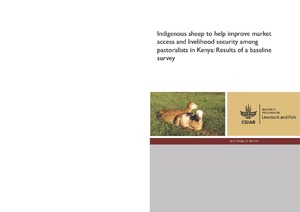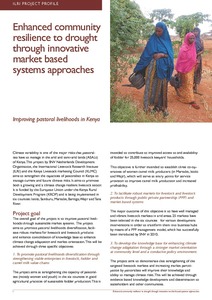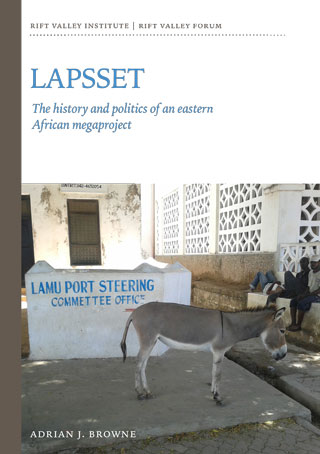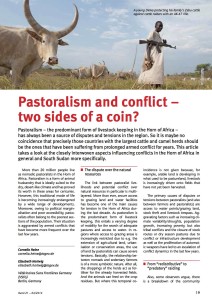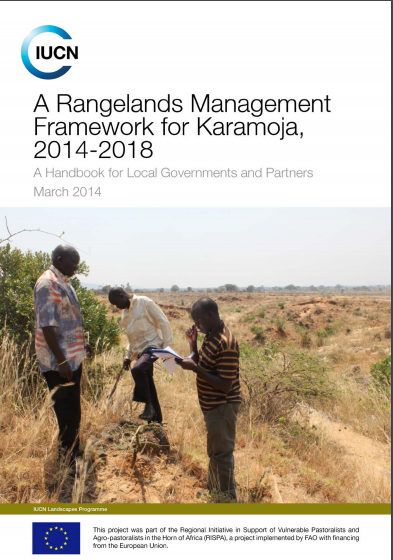Indigenous sheep to help improve market access and livelihood security among pastoralists in Kenya: Results of a baseline survey
Measuring resilience—Understanding trends in land cover changes and their potential impacts on pastoral communities
Enhanced community resilience to drought through innovative market based systems approaches: Improving pastoral livelihoods in Kenya
Inter-connection between land use/land cover change and herders’/farmers’ livestock feed resource management strategies: A case study from three Ethiopian eco-environments
We assessed land use/land cover changes from remotely sensed satellite imagery and compared this with community perceptions on availability/use of livestock feed resources and feed deficit management strategies since the 1973s in three districts representing the pastoral, agro-pastoral and mixed crop-livestock eco-environments of Ethiopia.
LAPSSET The history and politics of an eastern African megaproject
‘This study is in-depth, up-to-date and the first of its kind on a massive infrastructure development project in the region, examining its history, politics, evolution, the emergence of actors and interests and effects on the poor and marginalized. It presents the ambitions and ambiguities of a megaproject never seen in the development history of the region. The report is a comprehensive analysis of the hopes and fears emanating from a megaproject in the region and provides invaluable data on which future studies will certainly have to rely.’
Pastoralism and conflict – two sides of a coin?
Pastoralism – the predominant form of livestock keeping in the Horn of Africa – has always been a source of disputes and tensions in the regions. So it is maybe no coincidence that precisely those countries with the largest cattle and camel herds should be the ones that have been suffering from prolonged armed conflict for years. This article takes a look at the closely interwoven aspects influencing conflicts in the Horn of Africa in general and South Sudan more specifically.
IBLI—opening up new frontiers for pastoralists in northern Kenya
Opening up new frontiers for Pastoralists in Northern Kenya. Wajir Index Based Livestock Takaful (IBLT) payout ceremony, March 2014.
A Rangeland Management Framework for Karamoja, 2014-2018
This rangelands management framework is a product of a rapid pastoralist-led rangeland health assessment that was conducted in three sampled districts of Karamoja; Moroto, Napak and Kotido.
Plotting progress: Integrated planning in the rangelands of Kenya, Ethiopia, and Uganda
“How Can We Survive Here?” The Impact of Mining on Human Rights in Karamoja, Uganda
Basic survival is very difficult for the 1.2 million people who live in Karamoja, a remote region in northeastern Uganda bordering Kenya marked by chronic poverty and the poorest human development indicators in the country. Traditional dependence on semi-nomadiccattle-raising has been increasingly jeopardized. Extreme climate variability, amongst other factors, has made the region’s pastoralist and agro-pastoralist people highly vulnerable to food insecurity.
Uganda’s National Land Policy: What it means for Pastoral Areas
In August 2013, the Government of Uganda gazetted the National Land Policy (NLP) after having initiated the policy process over three decades ago. The NLP is to provide an over-arching policy framework for land governance and management, consolidating the many other policies and laws that have governed land and natural resources since colonial times.


